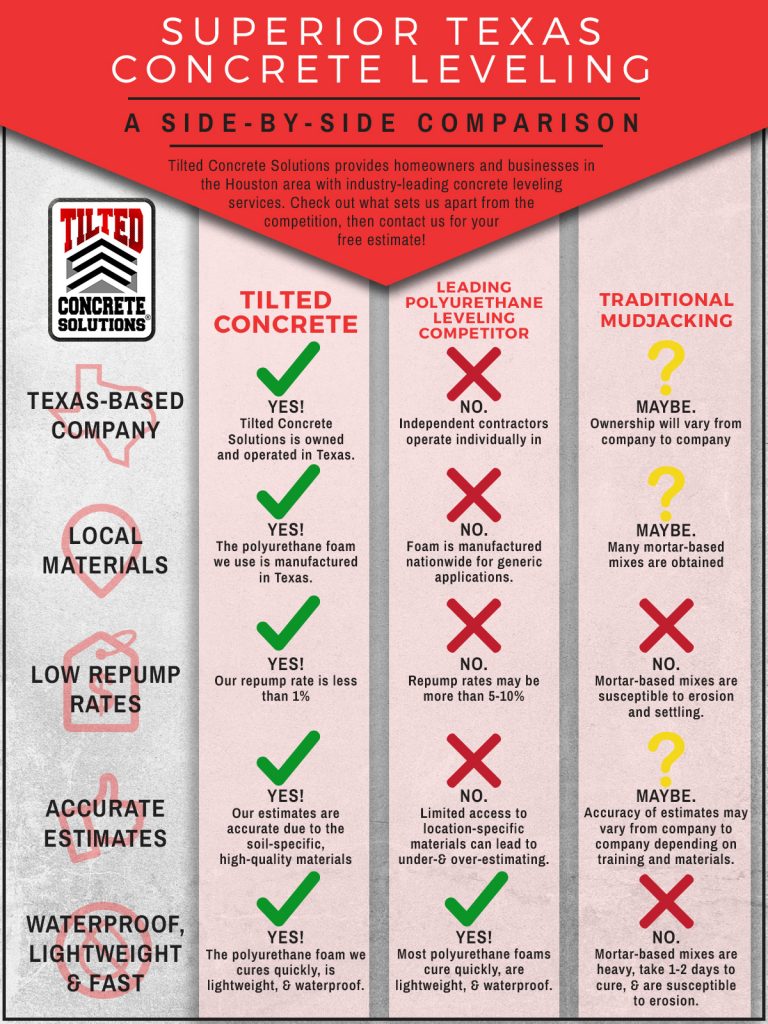Discover The Influence Of Seasonal Components On The Effectiveness Of Industrial Exterior Painting And Determine The Optimum Times To Achieve Enduring Outcomes For Your Project
Discover The Influence Of Seasonal Components On The Effectiveness Of Industrial Exterior Painting And Determine The Optimum Times To Achieve Enduring Outcomes For Your Project
Blog Article
Post By-Regan Rodriquez
When you're planning a commercial exterior painting task, seasonal elements can make or break your results. You'll intend to take into consideration exactly how temperature and moisture influence paint application and drying times. Selecting the ideal period can guarantee your paint sticks properly and lasts much longer. However which seasons are really the best for this kind of job? Let's explore the key elements that can impact your task's success.
The Effect of Temperature on Paint Application
When you're preparing an industrial exterior paint job, the temperature level can significantly affect how well the paint sticks and dries out.
Preferably, you wish to paint when temperature levels vary between 50 ° F and 85 ° F. If it's as well cool, the paint may not cure effectively, bring about issues like peeling or splitting.
On the flip side, if it's too warm, the paint can dry out too quickly, stopping proper bond and leading to an unequal coating.
You must also consider the moment of day; morning or late afternoon supplies cooler temperatures, which can be much more desirable.
Always examine the maker's recommendations for the particular paint you're utilizing, as they commonly provide advice on the optimal temperature level range for optimal outcomes.
Humidity and Its Impact on Drying Times
Temperature level isn't the only environmental element that influences your commercial exterior paint project; moisture plays a considerable function too. High moisture levels can decrease drying times dramatically, affecting the overall high quality of your paint task.
When the air is filled with moisture, the paint takes longer to treat, which can lead to issues like poor adhesion and a greater threat of mildew development. If you're painting on a particularly humid day, be prepared for extensive delay times in between layers.
It's critical to keep an eye on neighborhood weather conditions and strategy accordingly. Ideally, aim for moisture levels in between 40% and 70% for ideal drying.
Maintaining these consider mind guarantees your job stays on track and delivers an enduring finish.
Best Seasons for Commercial Exterior Paint Projects
What's the most effective season for your commercial external paint projects?
Springtime and early loss are commonly your best choices. During click this , temperatures are light, and humidity degrees are usually reduced, developing suitable conditions for paint application and drying.
Stay https://painternearme32197.blogofchange.com/35042424/are-you-prepared-to-reveal-experienced-recommendations-for-seamless-collaboration-with-home-painters-guaranteeing-your-painting-job-is-an-easy-endeavor of summer's intense heat, which can create paint to completely dry as well promptly, leading to bad adhesion and surface. In a similar way, winter's cold temperature levels can prevent proper drying out and healing, running the risk of the long life of your paint work.
Aim for days with temperature levels in between 50 ° F and 85 ° F for optimum outcomes. Bear in mind to check the neighborhood weather report for rain, as wet conditions can spoil your project.
Preparation around these aspects guarantees your paint task runs smoothly and lasts much longer.
Final thought
Finally, intending your industrial external painting tasks around seasonal considerations can make a considerable difference in the outcome. By organizing job during the optimal temperature levels and humidity levels, you'll make sure much better attachment and drying times. Keep in mind to keep an eye on regional weather forecasts and pick the correct time of year-- spring and very early autumn are your best bets. Taking these steps will help you accomplish a durable and specialist surface that lasts.
